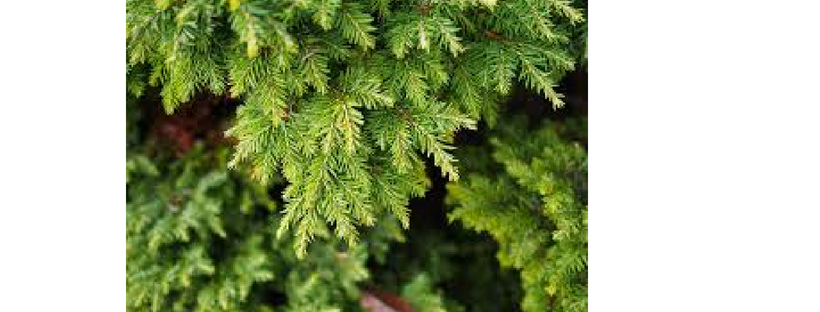The Secrets of the Trees
We hold our Mystic Magic in the Forest weekend retreats at Rosliston, in Rosliston National Forest, near Burton upon Trent, just south of Derby in the Midlands. Our retreats are themed, but often include an appreciation of nature, walks, the significance of trees in Spiritual and Pagan history, and their myths and legends
.
This blog charts the story, in instalments, of those trees, and all of those to be found at Rosliston, around forty species. Each tree is to be found at Rosliston, but may also be found more widely around Great Britain, Europe, North America and beyond.
In these blogs I describe each tree, explain where they are found, what their history is and how they have related to our history. I also explore the myths and legends surrounding the trees in different countries and from different traditions as well as how herbalists have used them to treat human conditions and how products from the trees have been used throughout history.
I hope that you enjoy reading these tree blogs as much as I have enjoyed writing them for you. If you would like to come and see them in their natural habitat why not join us for one of our retreats?
Western Hemlock – tsuga Heterophilla
Tsuga heterophylla, the western hemlock or western hemlock-spruce, is a species of hemlock native to the west coast of North America, with its north western limit on the Kenai Peninsula, Alaska, and its south eastern limit in northern Sonoma County, California. Tsuga heterophylla is an integral component of Pacific Northwest forests west of the Coast Ranges,.
Western hemlock is a large evergreen coniferous tree growing to 165–230 ft (50–70 m) tall, exceptionally 273.42 ft (83.34 m), and with a trunk diameter of up to 9 ft (2.7 m). It is the largest species of hemlock, with the next largest (mountain hemlock, T. mertensiana) reaching a maximum of 194 ft (59 m). The bark is brown, thin and furrowed
Western hemlock is closely associated with temperate rain forests, and most of its range is less than 100 km (62 mi) from the Pacific Ocean.
There is however an inland population in the Columbia Mountains in southeast British Columbia, northern Idaho and western Montana. It mostly grows at low altitudes, from sea level to 600 m (2,000 ft), but up to 1,800 m (5,900 ft) in the interior part of its range in Idaho.
It is a very shade-tolerant tree; among associated species in the Pacific Northwest, it is matched or exceeded in shade tolerance only by Pacific yew and Pacific silver fi. Young plants typically grow up under the canopy of other conifers such as Sitka spruce or Douglas-fir, where they can persist for decades waiting to exploit a gap in the canopy. They eventually replace these conifers, which are relatively shade-intolerant, in climax forest. However, storms and wildfires will create larger openings in the forest where these other species can then regenerate.
Initial growth is slow. Western hemlock is cultivated as an ornamental tree in gardens in its native habitats and along the U.S. Pacific Coast, where its best reliability is seen in wetter regions. In relatively dry areas, as at Victoria, British Columbia, it is exacting about soil conditions.
It needs a high level of organic matter (well-rotted wood from an old log or stump is best; animal manures may have too much nitrogen and salt), in a moist, acidic soil. It is also cultivated in temperate regions worldwide.
It has gained the Royal Horticultural Society’s Award of Garden Merit. When planted well upon the banks along a river, western hemlock can help to reduce erosion. Outside of its native range, western hemlock is of importance in forestry, (as a softwood) for timber and paper production, it is used for making doors, joinery and furniture. It can also be an ornamental tree in large gardens, in northwest Europe and southern New Zealand. It has naturalised in some parts of Great Britain and New Zealand, not so extensively as to be considered an invasive species, but an introduced species tree.
The edible cambium can be collected by scraping slabs of removed bark. The resulting shavings can be eaten immediately, or can be dried and pressed into cakes for preservation. The bark also serves as a source of tannin for tanning. Tender new growth needles (leaves) can be chewed directly or made into a bitter tea, rich in vitamin C (similar to some other hemlock and pine species).
Western hemlock boughs are used to collect herring eggs during the spring spawn in southeast Alaska. The boughs provide an easily collectible surface for the eggs to attach to as well as providing a distinctive taste. This practice originates from traditional gathering methods used by Native Alaskans from southeast Alaska, specifically the Tlingit people.
The punded bark has been used to treat head lice, haemorrhages, tuberculosis and syphilis.








